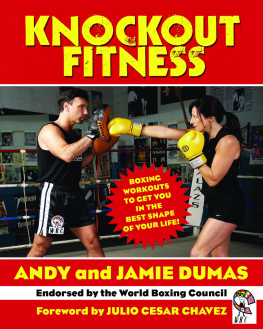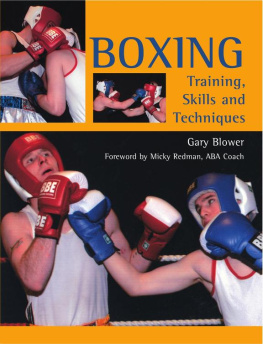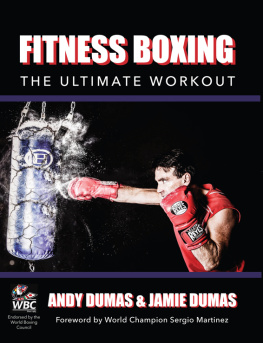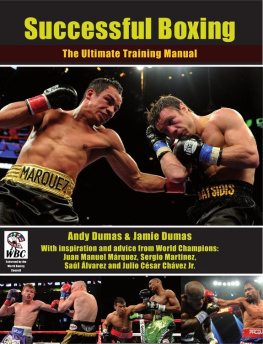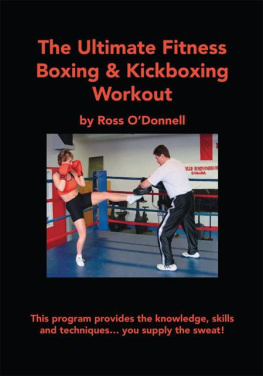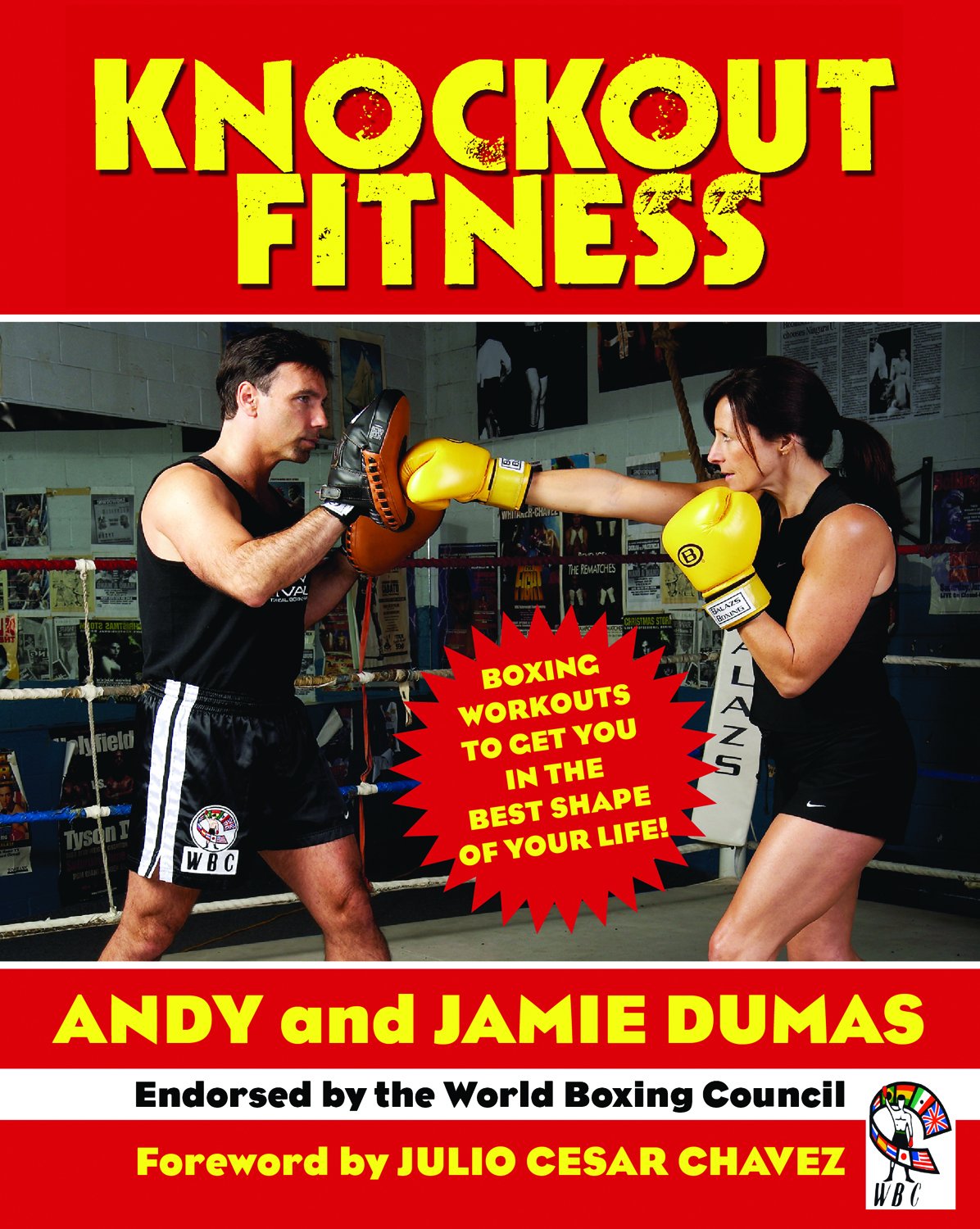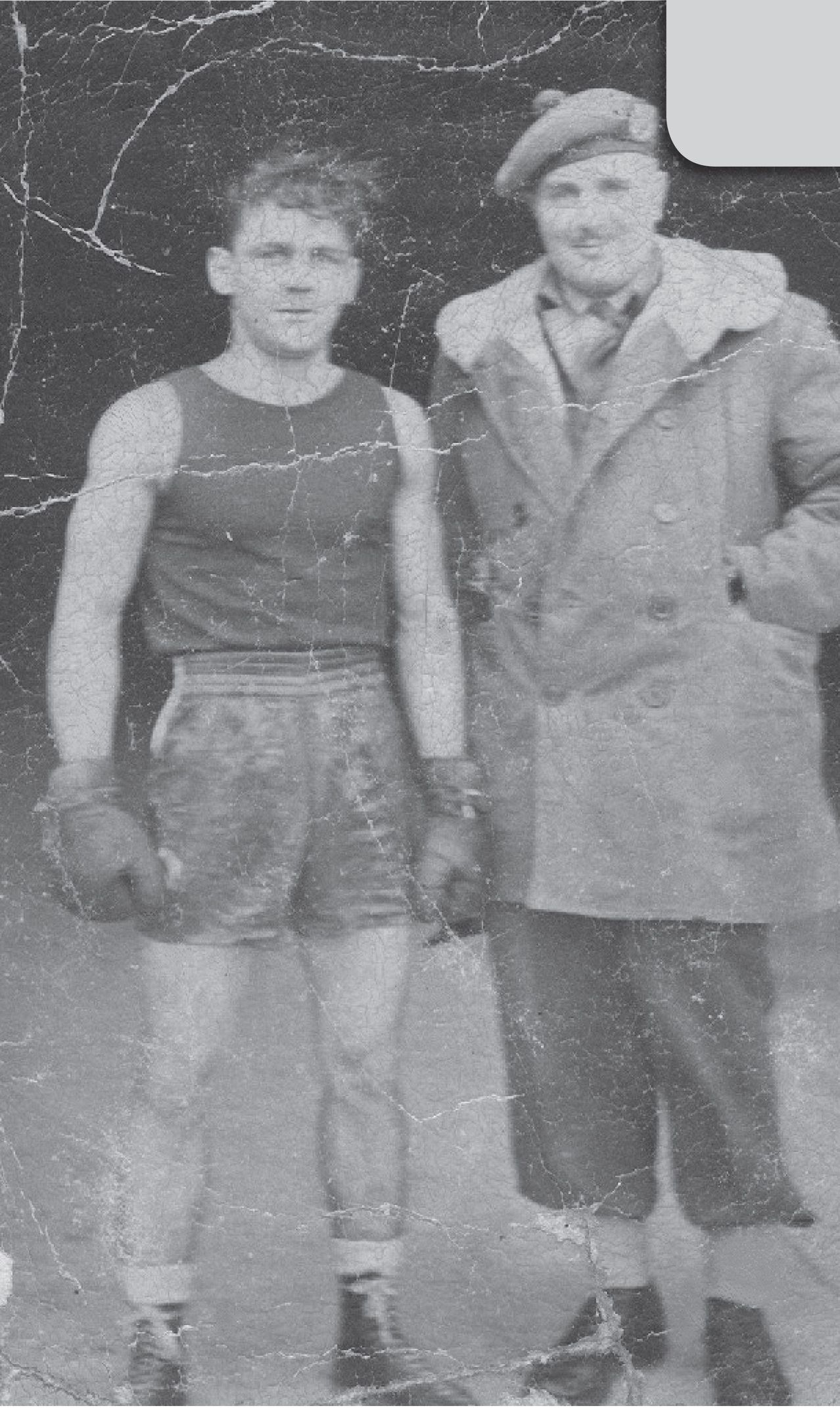A Short History of Boxing:
The Sweet Science
T he sport of boxing has always been a test of fitness and physical prowess. It started as a method of settling disputes that displayed a fighters bravery, strength, courage, and brawn, and the fighter who won was held in high esteem in the community. All these elements still remain in the sport to this day, but boxing has developed into more of a contest of skill, ability, talent, and commitment. At its beginning, boxing was primal, a sport with few rules; over the years, though, it has matured into an intricate physical science of fighting.
In ancient Greece and Rome, boxing was a gruesome sport that combined elements of modern wrestling and boxing together, and permitted all sorts of dubious behavior such as biting, kicking, and the use of iron-studded thongs worn on the hands.The matches were brutal and often ended with one of the fighters seriously injured or dead. It was only when the Greeks brought boxing into the Olympics in 668 BC that protective gear, like leather hand straps and headgear, were worn during the warm-up and practice sessions. These are the prototypes for todays equipment. The Greeks recognized and prized the skill of the sport even outside the Olympic Games, and boxing took a giant step forward. However, during the reign of the Roman Empire, the gladiator style of fighting (using studded hand straps and fighting until death) became popular once again, and the appreciation of the skill behind boxing declined.
As history progressed, boxing continued as a means of resolving disagreements in both England and Ireland. Matches in the early 1600s were held outdoors, wherever an audience could gather. There were few rules, and matches would continue until one of the opponents could not get up, or even worse, was pronounced dead. It was not until the later part of the 1600s that the practice of using only the fists became the acceptable method of boxing, although punches could still be thrown anywhere on the body.
In the 1700s, gambling was part of the entertainment of the boxing matches. Town champions would be supported by financial bets and, even though gambling was illegal, the aristocracy would sponsor fighters, allowing prize fighting. Boxing matches started to move indoors and were occasionally held in the parlors of the wealthy homeowners. Boxing at this time became an elitist spectator event, creating a far different atmosphere from the old prize ring. King George I commissioned the first boxing ring in England to be built in Hyde Park, London, in 1723. Boxing was becoming a very popular pastime, and fencing clubs encouraged members to learn the skill of boxing. The foot movements and the offensive and defensive moves of fencing worked successfully in a boxing match. Guidelines evolved and wrestling, biting, and eye gouging were no longer permitted in the sport.
British fighter James Broughton saw his opponent die at the end of their fight. He was determined that death and brutal injury should not occur in the sport of boxing. He developed the first set of official rules for boxing. These rules, known as the Broughton Rules of 1743, were accepted by the fighters and the fighting establishments and remained intact for nearly 100 years. The rules protected a fighter from being continually knocked down and gave him a time limit of 30 seconds to get up off the ground and make it back to his side of the square for assistance from his second or cornerman. At this point, if he was badly injured the fight would be discontinued. Previously, if the fighter made it to his feet he could be knocked down again immediately, without any time for recovery or receiving any medical attention. The new rules also stated that the fighters could not hit or grab below the waist, pull on hair or breeches, or hit a person on the ground. If a fighter kneeled, he was considered to be down and fighting was stopped. Umpires, usually gentlemen from the spectators, were used to help make decisions on fair play. Broughton also promoted the use of boxing gloves (lightweight mufflers) during sparring practice and introduced the counterpunch and blocking moves into the sport. Boxing gloves or hand coverings were still not used in the matches, and even as late as the 1800s bare fists were allowed in North America. Rounds could still go any length and it was not unusual for bouts to go as long as four hours or more.The longest recorded fight lasted six hours and 15 minutes, between James Kelly and Jack Smith, in Australia in 1856. Fights like this one were brutal and would not be allowed today.
It was not until 1867, and the development of the Marquess of Queensberry rules, that a three-minute time limit was implemented for a round with a one-minute break between rounds. A bout could go to 45 rounds and last up to two hours and 15 minutes. Eventually they were cut down to 20 rounds in North America, then 15 rounds. In the late 1980s all championship matches had a maximum of 12 rounds, and this is where it stands today.

